Agriculture.
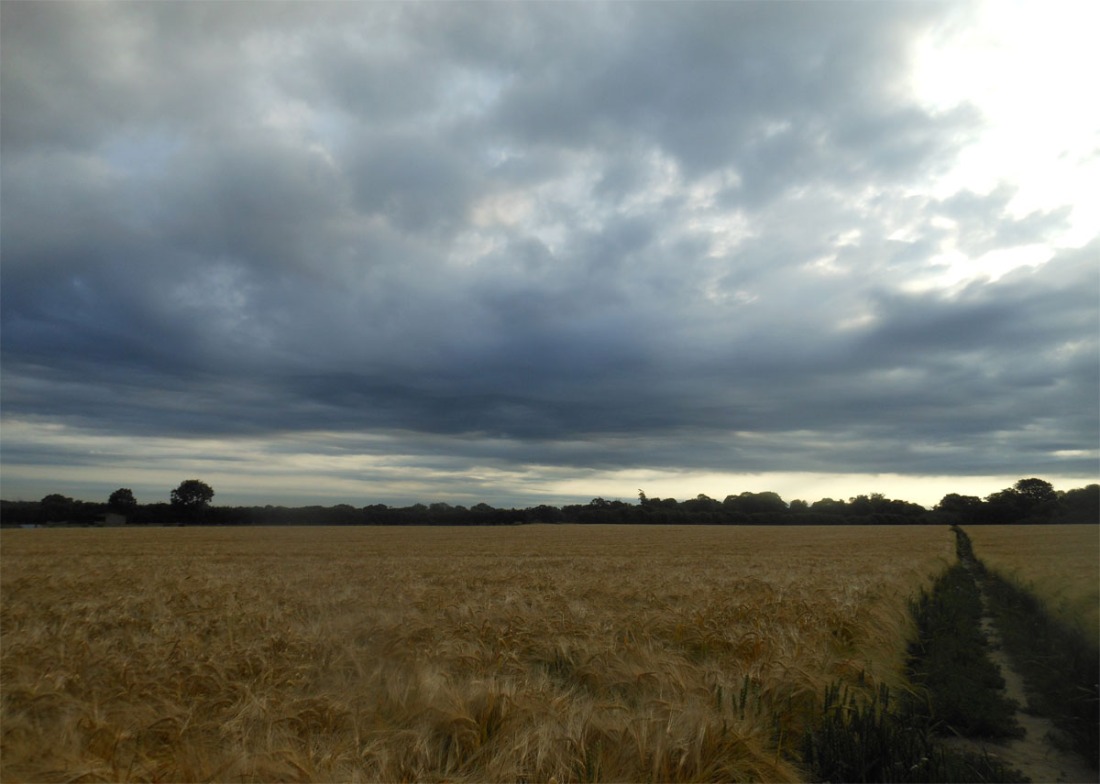
We define human epochs by it. Why is it in my blog? Because nothing – absolutely nothing – has more impact on the environment than how we produce food. We solve the dilemma of how to farm without wrecking nature, or conservationists may as well give up. In the UK, 70% of land is used for agriculture. That’s 70% of our potential wildlife habitat.
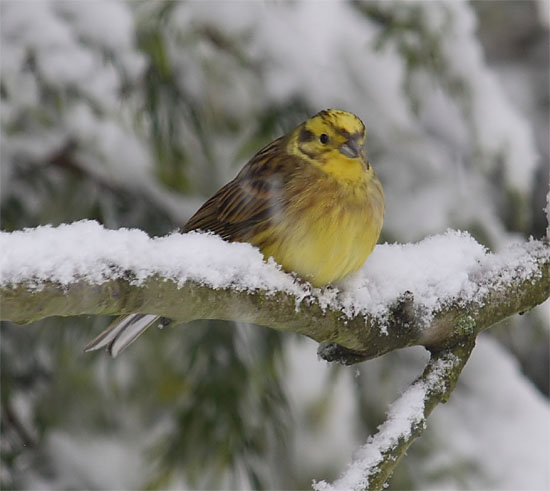
Once upon a time, British farms were small, and mixed crops and livestock. You can still see that style in Transylvania. This is an economically viable landscape that is home to bears, wildcats and shrikes. These hay meadows work for people and wildlife.

It’s been a long time since anyone could say that about most British farms. Our farmers have been under decades of pressure from both UK governments and the EU to maximise production at the expense of all else. Hedgerows removed, crops planted to the field edges, herbicides and pesticides in full flow. All those corners where native flowers sparkled and cirl buntings sang have been sacrificed. Dormice, hedgehogs, lapwings, yellowhammers – they’re on their way out, not on purpose, but as collateral to our diets.
Is it hopeless? Of course not. Natural England’s podcasts give an insight into how farmers are supporting conservation in the Hampshire Downs.
One day, hopefully, all farms will include wildflower margins and healthy hedgerows as standard. In the here and now, our rarest species thrive in a few special places, and one of the best is Ranscombe – a working arable farm owned by the Plantlife charity. Enough words. Time to enjoy the show 🙂
Arable wildflowers
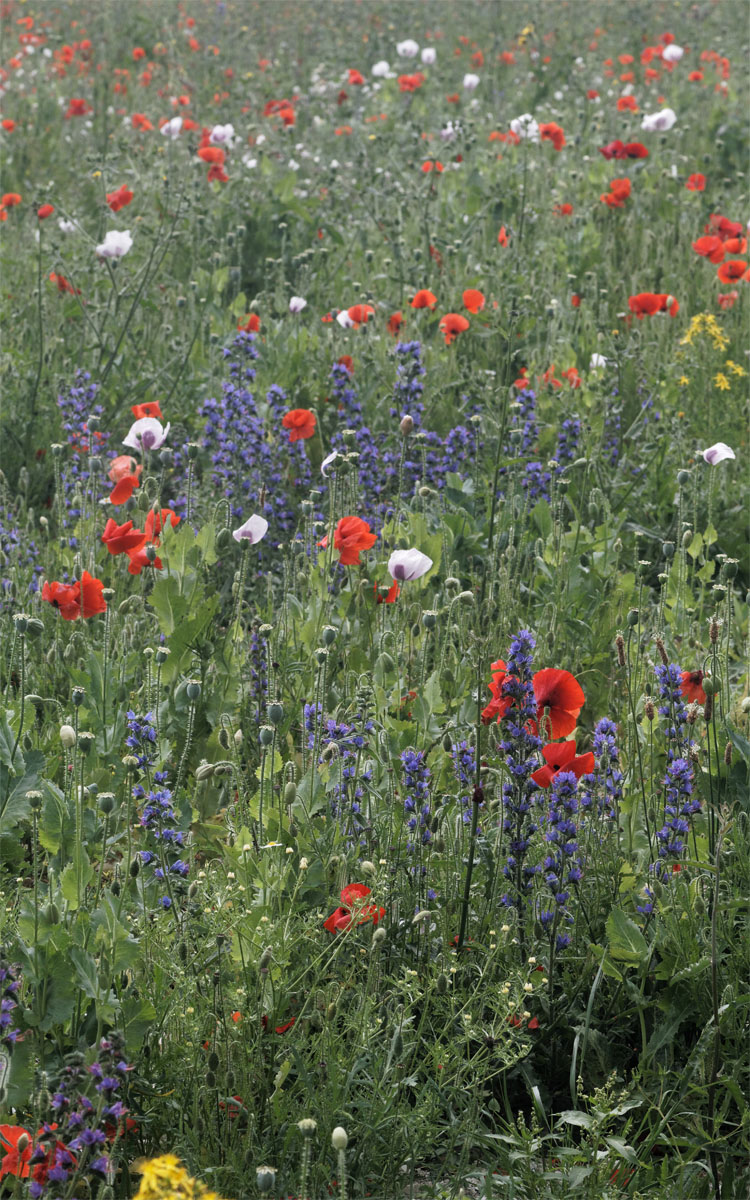
Greater knapweed
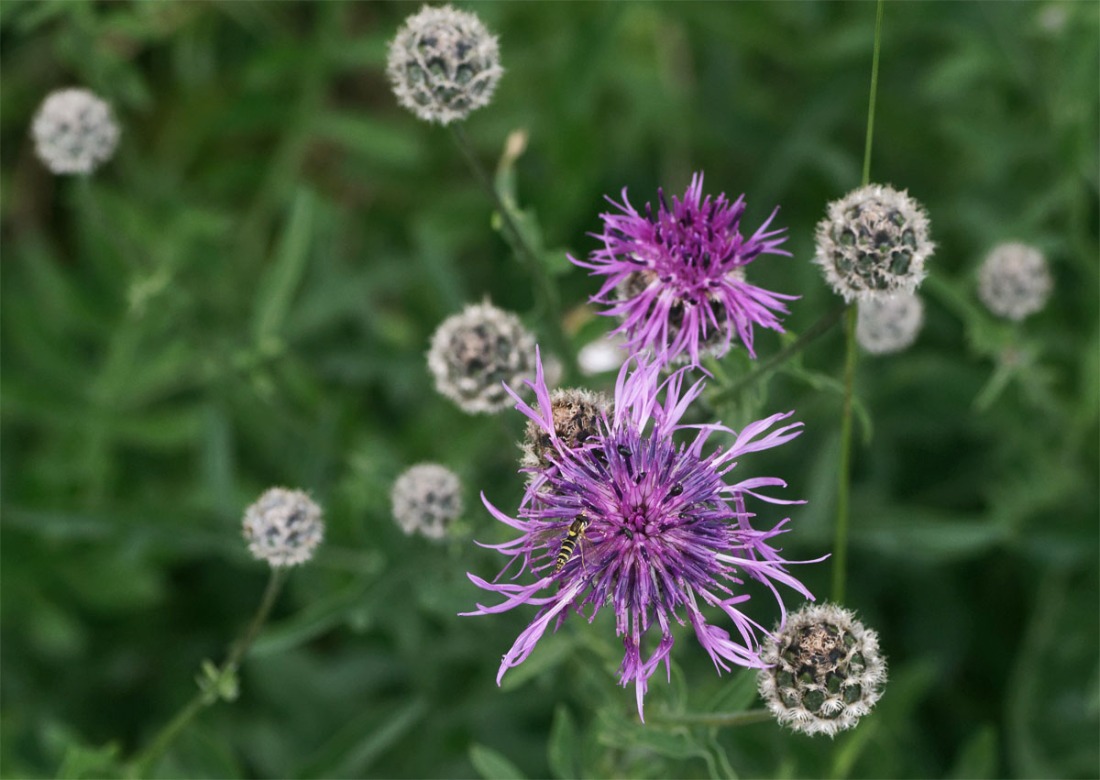
Toadflax
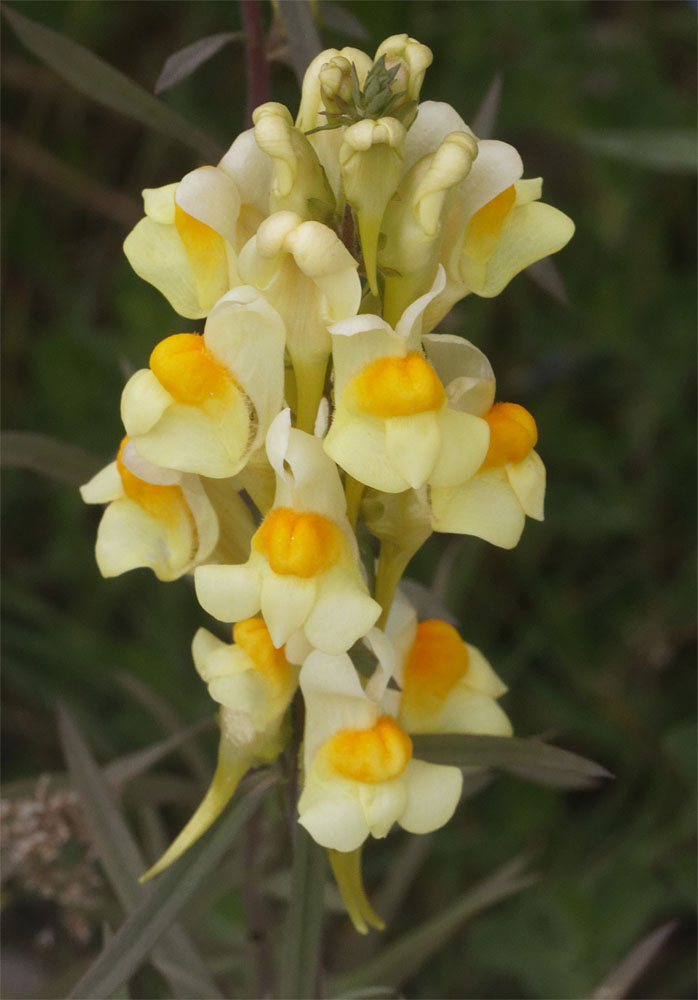
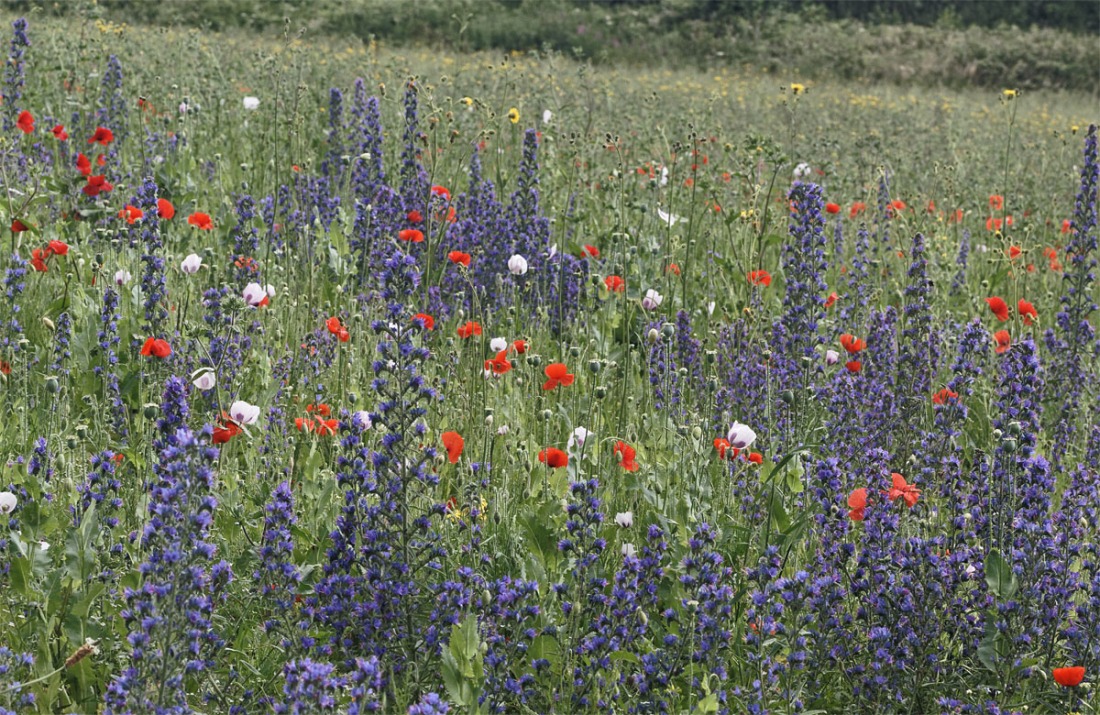
So beautiful! Let’s hope farmers figure out how to grow food and wildlife.
(Agribusiness in the US is horrendous, and the chemical lobbyists control politics. I can barely hope.)
LikeLiked by 1 person
Yes indeed. I’ve flown over the American prairies, or ex-prairies rather. As you say, there are vested interests in the status quo and the public’s views aren’t taken into account, despite the fact that these farms are generally in receipt of a lot of taxpayer money. There is talk of change in the UK at the moment though, and suggestions from senior politicians that farms should be paid for ‘producing’ wildlife and public access as well as food. Well, we’ll see.
LikeLiked by 1 person
One can only hope.
LikeLiked by 1 person
How awful it would be to lose scenes like these. Beautiful photos!
LikeLiked by 1 person
Thanks Belinda. I am cautiously hopeful that change for the better may be on the horizon.
LikeLiked by 1 person
Adele, amazing how things thrive if given half a chance!
LikeLiked by 1 person
Yes – given a little bit of space, wildlife can do very well 🙂
LikeLike
I wouldn’t say it is all hopeless in the States. We visit Montana every year and are pleased to see so much edge effect left alone for wildlife to use. Your photos of the flower fields are so beautiful. Imagine what the world was like before it became so overpopulated! Keep it up with the dormouse rescue!
LikeLiked by 1 person
Agreed, there are some good initiatives in both North America and Europe. One I particularly like in the US is Predator Friendly farming http://www.predatorfriendly.org/ . Sadly though, the overall picture is still very concerning in both continents. We need a new kind of agricultural revolution that not only feeds us but also keeps the environment intact.
Thank you! 🙂 Going to look for some dormice this morning, as it happens!
LikeLiked by 1 person
Are they hard to find?
LikeLiked by 1 person
Dormice are very elusive, yes. They are nocturnal, live at low densities and spend almost all their time high up in trees. The surveys involve checking dormouse boxes (which are similar to bird boxes) for nests, and hopefully the dormice themselves. I have very, very rarely seen a dormouse when not on a survey, e.g. crossing a road, but it would be easy to live and work near them for a lifetime and not spot one.
Unfortunately we didn’t find any dormice this morning, but did come across several fresh nests, so they’re around…somewhere 🙂
LikeLiked by 1 person
Thanks for that info. I had no idea! They are so cute; it must be a thrill to find one.
LikeLiked by 1 person
Thanks for this Adele. We need all the hopefulness we can get. Lovely photos to inspire too.
LikeLiked by 1 person
Thank you Carol 🙂 Rancombe is an inspiring place.
LikeLiked by 1 person
Wonderful post with a lot of hope …wonderful landscape and pictures
LikeLiked by 1 person
Thank you Eva 🙂 It has been a lovely summer for wildflowers.
LikeLike